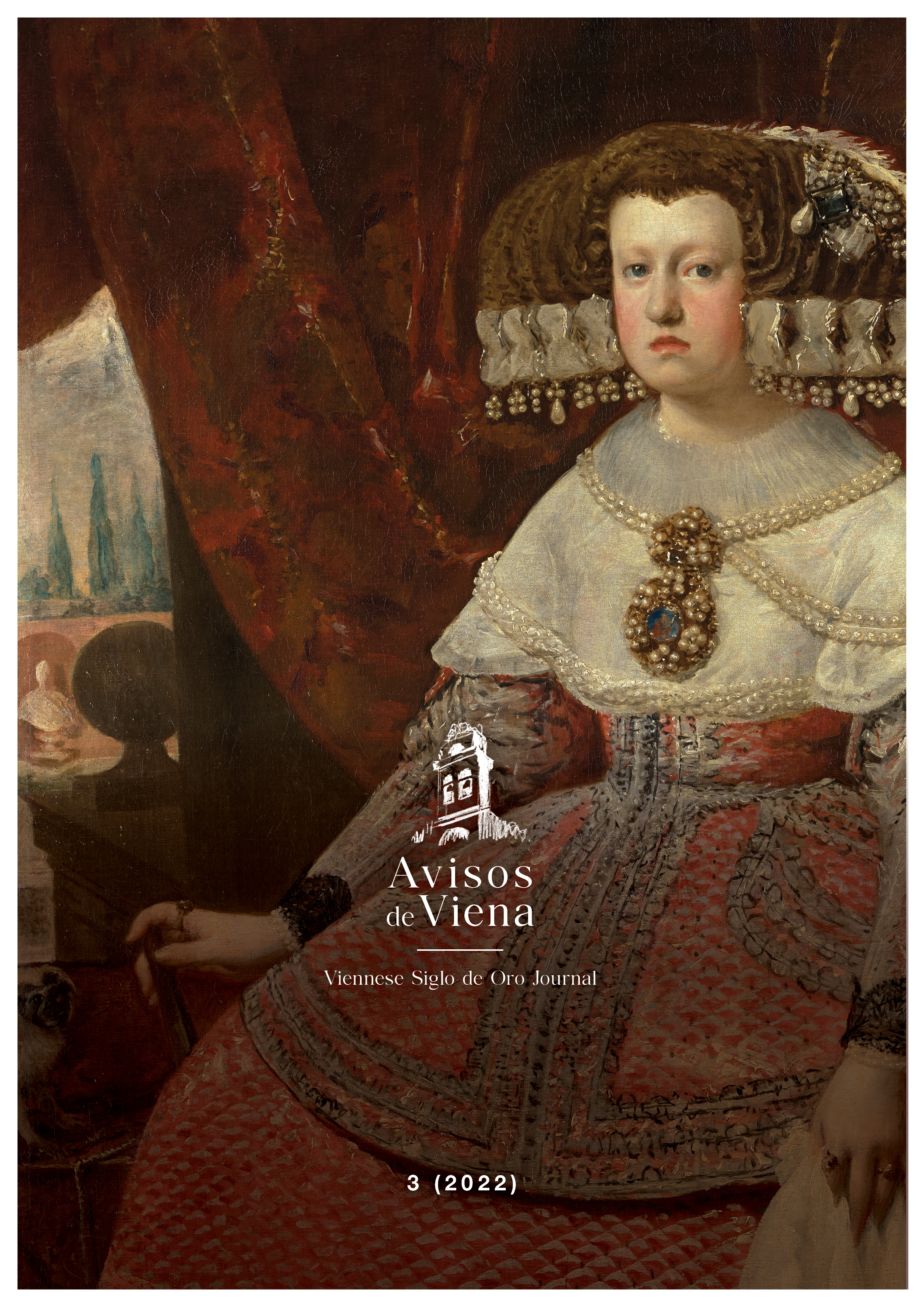La bucarofagia en el Siglo de Oro
Los efectos deseados y los efectos secundarios dañinos por la salud
DOI:
https://doi.org/10.25365/adv.2022.3.6585Keywords:
bucarophagy, clay ingestion, Spanish Golden Age, cosmetic practices, health risksAbstract
The article explores the widespread cosmetic practice of ingesting clay or mud among women during the Spanish Golden Age, particularly in the 17th century. It examines the reasons behind this trend, including its purported skin-whitening, weight-loss, contraceptive, and fertility-enhancing effects. Despite its popularity, the practice posed significant health risks, such as intestinal obstruction and liver failure. Drawing from historical accounts and medical insights of the time, the article highlights the dangers associated with bucarophagy, ultimately leading to its decline in the 19th century. Through artistic representations and literary references, the cultural and medical contexts surrounding this phenomenon are elucidated, shedding light on the intersection of beauty standards, medical beliefs, and societal norms in early modern Spain.
References
Brugsch, J. Die Therapie an den Berliner Universitätskliniken. Berlin, Urban und Schwarzenberg, 1949.
Castillo-Ojugas, A. Bucarofagia (comer barro), una curiosa costumbre de nuestro Siglo de Oro. Los Reumatismos, 18, 2006, pp. 44-46.
Castillo-Ojugas, A. Un remedio para incubrir embarazos y disminuir la menstración. Los Reumatismos, 21, 2007, pp. 46-47.
D'Aulnoy, M. C. Viaje por España en 1679. Translated by L. Ruiz Contreras. Madrid, Ediciones La Nave, 1920.
Giner de los Ríos, H. Artes industriales desde el cristianismo hasta nuestros días. Barcelona, Antonio López, 1890.
Le duc de d'Harcourt à M. de Torcy, 6 de abril de 1698, Archives du Ministère des Affaires Étrangères. Archives Diplomatiques, Correspondance politique, Espagne, vol. LXXVIII, Paris.
Piga, A., & Carro, S. Informes sobre la causa de la muerte de la Reina María Luisa de Orleans. Madrid, Imprenta Cosano, 1948.
Seseña, N. El vicio del barro. Madrid, Ediciones el Viso, 2009.
Downloads
Published
How to Cite
Issue
Section
License
Copyright (c) 2022 Kurt Kriz

This work is licensed under a Creative Commons Attribution 4.0 International License.
© Open Access, CC BY 4.0








